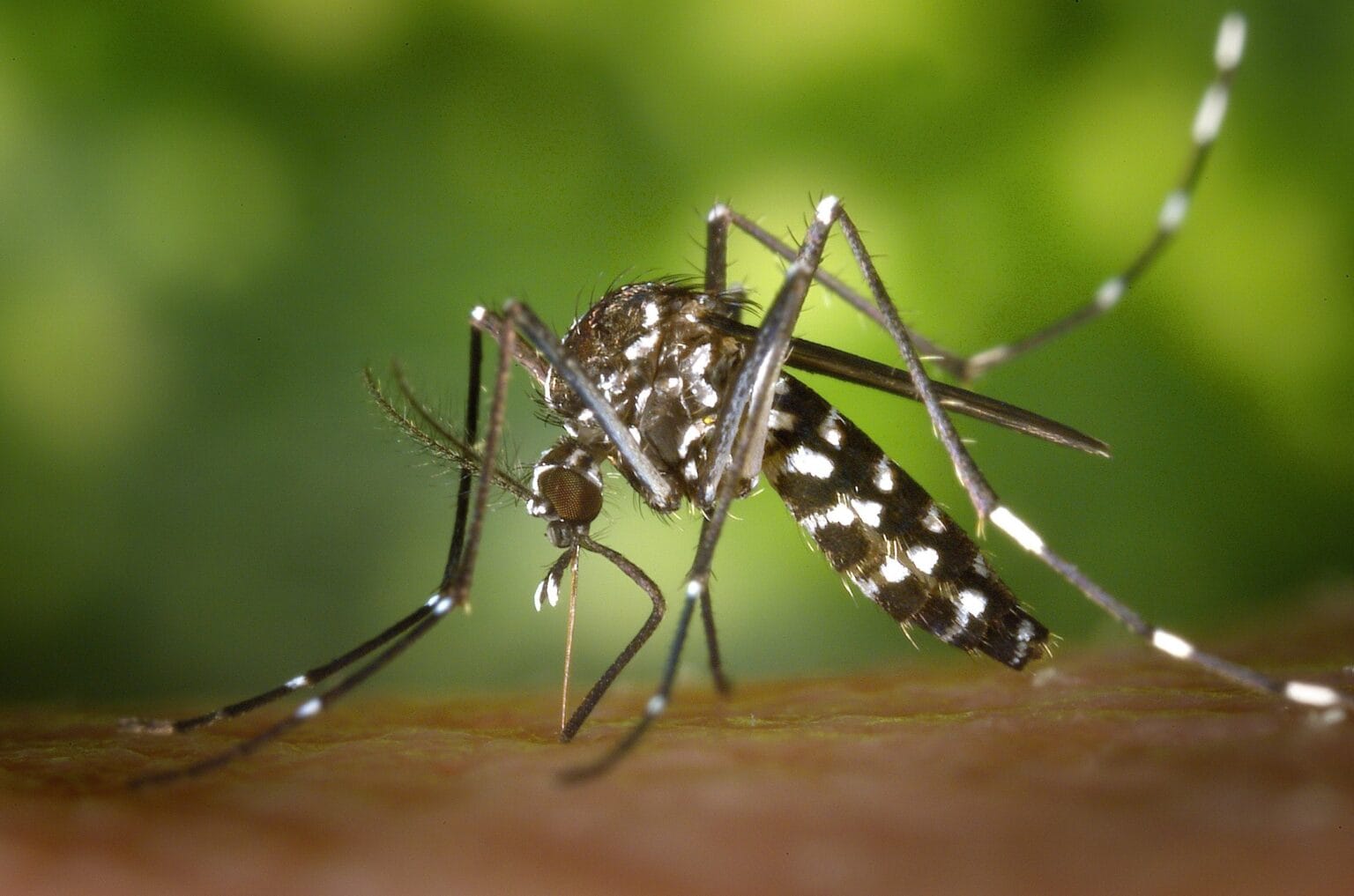
Stopping the Mosquito Scourge
Somehow its almost August already, and chances are you’ve itched a mosquito bite or two this summer. In addition to being annoying, mosquitos are one of the deadliest animals on Earth, with mosquito-borne illness killing hundreds of thousands of people worldwide each year. In today’s blog post, we’ll look at some high-tech ways governments and researchers are culling mosquito populations, keeping residents safe to enjoy summer fun.
GIS and Drones for Targeting Areas
Across the US and abroad, communities are using geospatial information systems (GIS) to evaluate mosquito habitats. Using GIS can identify habitats that may be difficult to reach in person. GIS also helps to ensure that resources, like larvicide and insecticide applications, are being used in the appropriate locations. GIS information also allows governments, like Miami-Dade County, to share with its citizens where and when insecticide and larvicide sprayings will occur. Their system also allows citizens to report mosquito activity.
In the Peruvian Amazon, high-resolution imagery taken via drones is identifying bodies of water that are heavy mosquito breeding sites. Targeting these hot spots for larval source management saves resources and makes the treatment more effective to cull populations of mosquitos carrying malaria.
Drones for Larvicide
In addition to finding where larvicide and insecticide should be spread to kill mosquitos, drones are also involved in applying these chemicals to the breeding grounds. Studies have shown that using aerial methods like drones to apply larvicides is three times more effective than applying larvicide directly on the ground. Drones are used to apply larvicide in the areas most densely populated by mosquito larvae. These areas can include flooded zones or other terrains that are difficult to access on foot but are far easier to access with a drone.
Drones with Sterile Mosquitos
But what if technology could wipe out the mosquito population almost entirely? Researchers have been studying the impact of introducing sterilized male mosquitos into mosquito populations. When the sterilized males mate with the females in the existing mosquito population, their eggs are non-viable, shrinking the population. Researchers believe this method can cut a mosquito population by 90%. WeRobotics and the International Atomic Energy Agency (IAEA) Insect Pest Control Lab have recently teamed up to introduce these sterilized males into populations using drone delivery. The males are tranquilized, placed in a drone, and distributed among a mosquito population. Cutting down the population of mosquitos could also cut down on the deadly diseases they spread.
Mosquito Dangers
Mosquitos cause more than itchy bites. Across the globe, they carry and spread Zika Virus, West Nile Virus, Malaria, Yellow Fever, and Dengue and are a major threat to public health. You can cut down the mosquito population around your home by getting rid of standing water on your property – think buckets, old tires, and birdbaths – and keep your lawn mowed. With new technology in decreasing the mosquito population, those itchy bites and dangerous diseases could be a thing of the past.
https://www.who.int/neglected_diseases/vector_ecology/mosquito-borne-diseases/en/
https://journals.plos.org/plosntds/article?id=10.1371/journal.pntd.0007105
https://pubag.nal.usda.gov/pubag/downloadPDF.xhtml?id=3648&content=PDF
https://www.govtech.com/products/Mosquito-drone-prepares-to-take-flight.html


